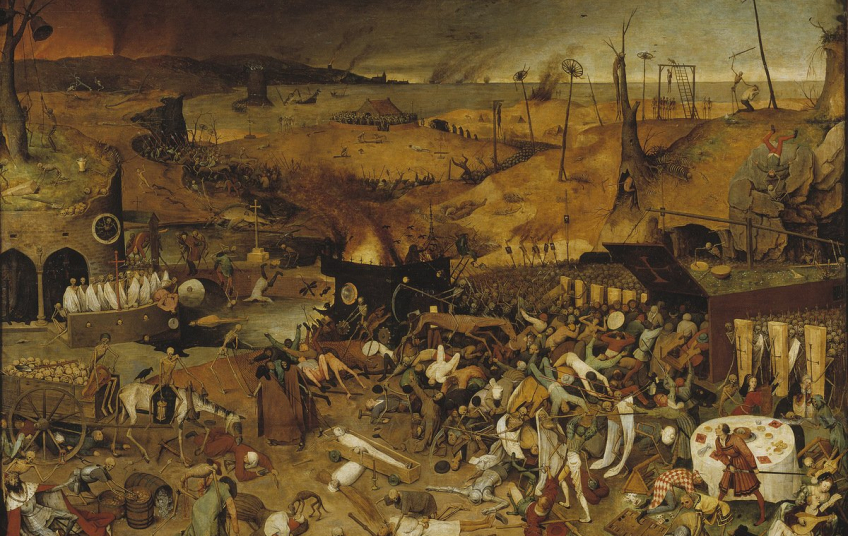The primary, and perhaps sole, concept of the so-called "Velvet Revolution" in Armenia in 2018 was rejection. Initially, there was a rejection of Serzh, followed by rejection of lies, looting, corruption, patronage, and more. These were the earliest rounds of rejection. Since the movement was defined by what it opposed, that is, "against" and not "for," without clear goals or future projects, those who took to the streets naturally continued the series of rejections.
Subsequently, they rejected the "formers" or "the old guard" (despite the fact that a sizable group of "formers" appeared in their team, including some of the most odious faces). Then, they rejected Russia, Artsakh, the Armenian Apostolic Church, biblical Ararat, the Armenian anthem, and the coat of arms. Eventually, they even denied realities such as Armenian history, the Genocide and Great National Dispossession of the Armenian people. This series of rejections appears endless. Let's delve into this phenomenon and its Armenian context.
The rejection of everything as a socio-psychological phenomenon began in the last century, coinciding with the emergence of nihilism in Europe. Nihilism takes different forms in different eras. In the 20th century, nihilists included hippies and punks, who rebelled against not only the prevailing order but also against public relations, capitalism and its associated morality, “false” Christian values, and the greed for money.
Any rebellion, disobedience, revolution, or youth movement contains elements of rejection; it is a rejection of the old. However, rejection is not an end in itself - mere rejection isn't sufficient for progress unless accompanied by proposals or alternatives. The American, French, Russian, and Iranian revolutions, despite their rejections, presented proposals, regardless of how they are perceived.
The Ukrainian "Maidan" was also based on rejection but lacked a concrete proposal. "Going to Europe" is not a proposal but rather an escape from reality and one's own culture; it is a form of self-rejection.
The same can be said about Armenian "nihilism" and the regime change in 2018. Although realized, it turned out to be mere self-rejection without a future project—without a vision or development roadmap. It was no coincidence that the rejecters, who had not fully experienced the splendor and misery of the so-called "velvet" regime change, publicly declared that this event was much more important in recent Armenian history than even the Artsakh liberation struggle.
In fact, Armenian nihilism is not destined to find its normal course. Unlike European negation, which in the second half of the 19th century combined with a new phenomenon in art and culture—decadence—Armenian decadence entered politics only, bypassing art and culture. In this context, the vulgarity of transforming Citizen's Day into a "civic barbecue" party is noteworthy. The black-and-white "parties," and the invitation of parents of fallen servicemen to these parties organized by the Prime Minister's wife during devastating floods in the northern regions of the Republic of Armenia, are similarly depraved manifestations of decadence.
It is indeed a feast in a time of plague.





